How to Avoid the Virus on the Road
ATC Driveaway works hard to provide our top-quality drivers with the resources they need to safely protect themselves and others from COVID-19. The safety of our clients and drivers is our top priority.
According to the CDC, long-haul drivers might be exposed to the virus on the job when they are in close contact (within 6 feet for at least 15 minutes or more) with truck stop attendants, store workers, dock workers, other truck drivers, or others with COVID-19. Drivers also might be exposed when they touch or handle frequently touched items or when touching their face, mouth, nose or eyes.
Here’s how you can protect yourself and others. Stay home if you’re having any of the following symtoms of COVID-19:
- Fever or chills
- Cough
- Shortness of breath or difficulty breathing
- Fatigue
- Muscle or body aches
- Headache
- New loss of taste or smell
- Sore throat
- Congestion or runny nose
- Nausea or vomiting
- Diarrhea
- Notify ATC Driveaway immediately if you test positive for COVID-19
- Don’t return to driving until the criteria to discontinue home isolation are met
- Talk with your healthcare provider about when it’s safe for you to return to work
Stay at least 6 feet away from dock workers, store workers, and others when possible
- Be mindful of the time you spend outside of your truck during fueling, at rest stops and truck stops. Limit time spent outside the truck when possible.
- Pack food, water, and supplies to limit number of stops
- Avoid shaking hands
- Use radio/phone to speak with dock managers or other drivers, when possible
- Keep truck well-ventilated
- Don’t share personal protective equipment (PPE) such as masks, tools, radios, phones or other personal items
Wear a cloth mask in public, and at work, even when social distancing
- Carry extra masks in the truck so you have plenty for long trips
- Don’t touch your mouth, face, nose, or eyes while taking off the cloth mask
- Don’t touch your cloth mask while wearing it
- Ensure cloth masks don’t create a new risk (interferes with driving or vision) that exceeds their COVID-19 related benefits of slowing the spread of the virus
Clean and disinfect frequently touched objects or surfaces
- Clean the following areas on a routine basis or at least daily:
- In the truck cab (driver door handle, steering wheel, seat belt and buckle, arm and head rest, seat cover, turn signal, wiper controls, dashboard, air ducts, radio, and temperature controls)
- In the sleeper berth (light switches, mattress tray, temperature controls, and other flat surfaces)
- If a third party must have access to the interior of your truck (for example, mechanics, other drivers, inspectors), request that the third party clean and disinfect the truck before turning it back over to you
- Avoid touching your face, mouth, nose, or eyes when handling frequently touched items
- Follow the directions on the cleaning product label
Wash your hands regularly with soap and water for at least 20 seconds.
- Use an alcohol-based hand sanitizer containing at least 60% alcohol if soap and water aren’t available
- Wash your hands at these key times:
- Before entering and leaving the cab, including deliveries, loading and unloading of cargo, rest breaks, fueling, and other activities
- Before, during, and after preparing food
- Before eating food
- After using the toilet
- After blowing your nose, coughing, or sneezing
- After putting on, touching, or removing cloth masks
- Before and after work and work breaks
- Before and after fueling
Be mindful not to touch your face, mouth, nose or eyes any more than necessary.
- Use tissues to cover your mouth and nose when you cough or sneeze or use the inside of your elbow
- Throw used tissues in a lined trash receptacle
- Wash your hands with soap and water for at least 20 seconds or use hand sanitizer with at least 60% alcohol when soap and water are not available
Continue to comply with the current Federal Motor Carrier Safety Administration (FMCSA) regulations
- Get adequate sleep (7–9 hours) prior to driving
- Pullover, drink a cup of coffee, or take a 15-to-30-minute nap before continuing if you feel fatigued while driving
For the most up-to-date COVID-19 news on where you’re traveling to, visit the cdc.gov website travel planner and enter in your destination. At ATC Driveaway work truck delivery, we’re safely on time. Every time. With our masks on! Request a quote here.










